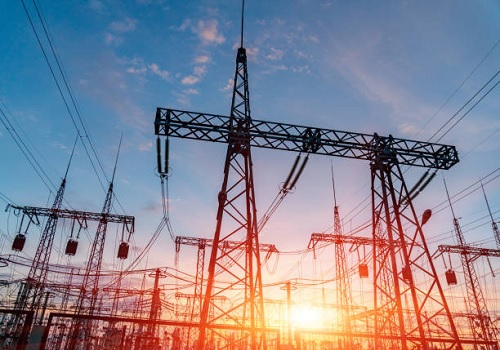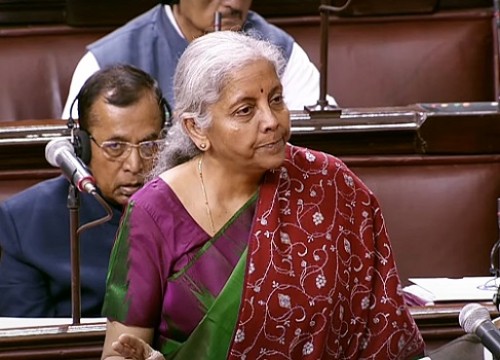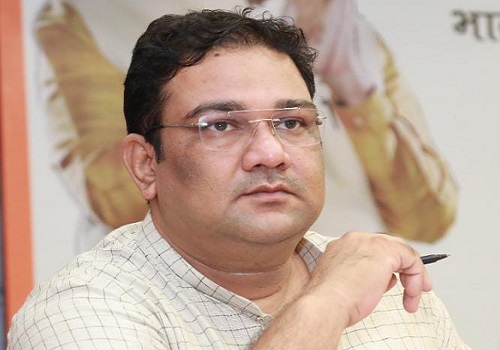Coal crisis stares at Uttar Pradesh power sector

Follow us Now on Telegram ! Get daily 10 - 12 important updates on Business, Finance and Investment. Join our Telegram Channel
Even as Chief Minister Yogi Adityanath has asked power officials to maintain routine power supply in the state, Uttar Pradesh is likely to face a bigger electricity crisis as the backup coal stocks for thermal power plants have started depleting this month.
The coal shortage may worsen during the monsoon when the supplies fall short annually due to rain and floods that disrupt mining and transportation.
A senior power official said that thermal plants face coal shortage during the monsoon every year between June and September.
But this time, the coal shortage started in April largely due to lesser supply from coal companies that are facing shortage of wagons for ferrying coal to plants. The situation may only get worse with the rains and floods in the coming weeks.
Uttar Pradesh Power Corporation Ltd (UPPCL) Chairman M. Devraj said thermal plants were unable to maintain the coal stocks as per the norms. However, he maintained it was not affecting power production.
"We are making all efforts to maintain the coal inventory as per the norms by bringing coal by road also to avoid delays often caused when coal is transported by rail," he told reporters.
The All-India Power Engineers' Federation Chairman, Shailendra Dubey said the coal shortage in the state has been affecting power production.
He said that this has forced UPPCL to order emergency load shedding in villages and smaller towns.
Citing an internal report, Dubey said the Uttar Pradesh Rajya Vidyut Utpadan Nigam Ltd (UPRVUNL)'s thermal plants at Harduaganj, Parichha and Obra lost over 13 million units of generation on April 22 because of an inability of plants to run on full steam due to lack of availability of backup coal.
According to a Central Electricity Authority's report available on its website, most of Uttar Pradesh's thermal plants had coal stocks in the critical and super-critical range as of April 22.
The state-owned UPRVUNL's four thermal plants, with installed capacity of over 6,000 megawatts, are short of 21 per cent of the normative level they are mandated to maintain.
The Anpara plant had 39 per cent of the normative coal reserves while Harduaganj, Obra, and Parichha had merely 15 per cent, 18 per cent, and 5 per cent.
The normative coal stock is calculated based on the requirement at 85 per cent plant load factor.
The norm for the number of days of coal stock to be kept in the power plant depends on the distance of the power plant from the minehead.
The coal stock at a power plant is categorised as "critical" when it is for less than five days in the case of pithead plants and seven days of non-pithead plants or when the stock is less than 25 per cent of the normative level.
























